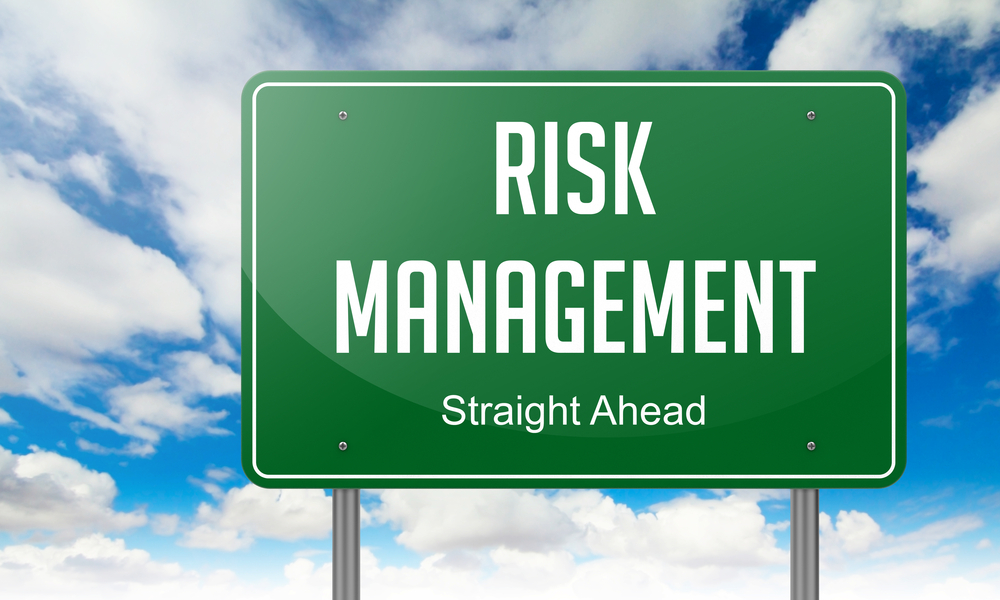3 Benefits Of Individual Risk Scores In Compliance Management
Risk scores move organizations beyond rules-based compliance toward predictive compliance. Read how it all works with Ruairi Nash, StarCompliance’s resident expert on individual accountability and training and competency
Organizations are adopting sophisticated data analysis strategies as they strive to gain competitive advantages in every part of the business. In this regard, a rules-based approach to compliance management is the most common risk-mitigation strategy for forward-thinking organizations, but it has its limitations.
Adopting a rules-based compliance approach means consistently looking in the rearview mirror. As such, it’s very mechanical and lacks a feeling for the intangible. By using such an approach, companies focus on making systems functional and effective, which brings along with it process inflexibility. And while it’s great for meeting operational risk mitigation, it’s not as effective for managing strategic and reputational risks.
The rigidity of rules-based risk mitigation strategies makes it challenging to manage, especially as regulations continue to evolve. Adopting a balanced approach provides a holistic view of a company and its employees. It reflects the overall culture, behaviors, and values of the firm. With that embedded in the organization’s DNA, risks are mitigated more effectively while potentially preventing other bad activity. Rules-based compliance software cannot directly cater to business ethics, focus on good outcomes, or even link to ESG criteria affecting a company’s brand and reputation. But where rules-based compliance falls short, predictive analysis excels.
PREDICTIVE, RISK-BASED COMPLIANCE MANAGEMENT
Being predictive and proactive fosters a culture of mitigating mistakes, correcting errors, and moving forward. Bad things stop happening when the culture is open and developmental rather than relying on finger-pointing. This ultimately brings savings and efficiencies that can be invested into value-added activity, rather than remedial action with resource-intensive investigations and actions. Instead of catching what people have done, it’s far better for a compliance officer to catch something early, inform the right people, and take predictive, forward-thinking actions. This keeps you from being stuck staring in the rearview mirror, and allows you to surface the right data at the right time to address near real-time risk.
Competency brings confidence, and this manifests itself in the delivery of positive client outcomes. Competent people are important in evolving a firm’s culture, and there are quantifiable ways to score this.
RISK MITIGATION AND COMPETENCY SCORES
It’s difficult to see the full perspective of individual competence and compliance without a risk-based approach. Everyone looks the same on a spreadsheet, and it’s challenging for central oversight to identify both individual and thematic issues when the data is hidden across multiple channels and platforms through manual processes. For compliance management to truly be effective, the compliance manager needs accurate and timely data to build a rich picture of the organization. This can then be evolved into profiling to become a truly predictive risk mitigation approach. There are three main aspects of this predictive risk-based model:
- Building Richer Individual Risk Profiles
Standard rules-based models fail to build individual risk profiles because of their inability to assess moral decision-making. With a risk-based model, you identify factors your firm should track to measure competence. This produces a competency score—a tidy, handy, highly versatile metric—that your firm can use to measure against averages and identify thematic, systemic issues. And while individual risk profiles are important, it’s their sum that acts as an indicator of the firm’s overall health. What this means is, you can use competency scores to take the helicopter view of firm risk or use them to dive down into the weeds to see each individual with a risk-based approach. This kind of capability is a critical factor in compliance management. - Raising The Performance Bar
A risk-based approach allows everyone to iteratively improve so the bar can continue to rise. Compliance is managed automatically, and this ensures that all team members throughout the organization always have the right credentials, certifications, and training. This keeps everyone improving at a consistent rate. In turn, the risk should reduce, and overall efficiency and effectiveness will increase company-wide. A firm using predictive risk mitigation measures can expertly navigate a clear path: avoiding the kinds of obstacles that slow the competition down. - Leveraging Trend Analysis
These tools allow you to identify trends across teams, divisions, branches, and firms. We see risk as something bad that happens, like losing capital through investments in a bear market. But the original reference to risk is the risk of change. Your capital will always go up and down, but that doesn’t mean it’s a bad risk. With risk comes reward. And it’s the pioneers who take the calculated risks that ultimately move us all forward and keep the industry competitive. Risk is also not stagnant, and both wholesale and individual risks will change on a regular basis. Flexibility is an important feature of predictive data analysis.
Reputations can take a lifetime to build but can be tarnished or destroyed in a moment. All it takes is one bad move from a rogue actor or careless employee. Make sure your business is prepared with proactive and predictive tools to ensure the firm’s control framework provides the required level of assurance.
The Compliance Officer’s Guide To Employee Compliance

{





